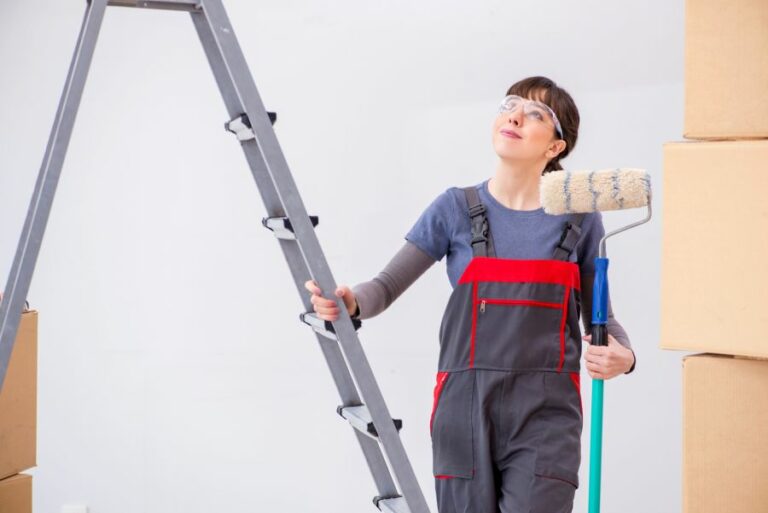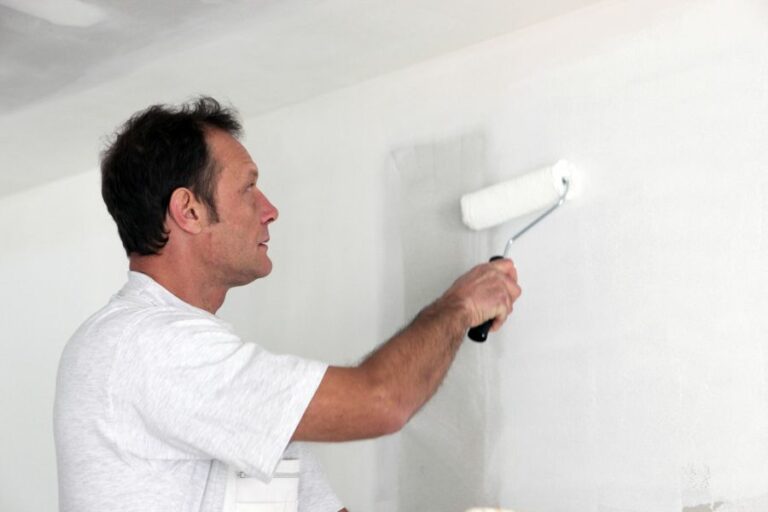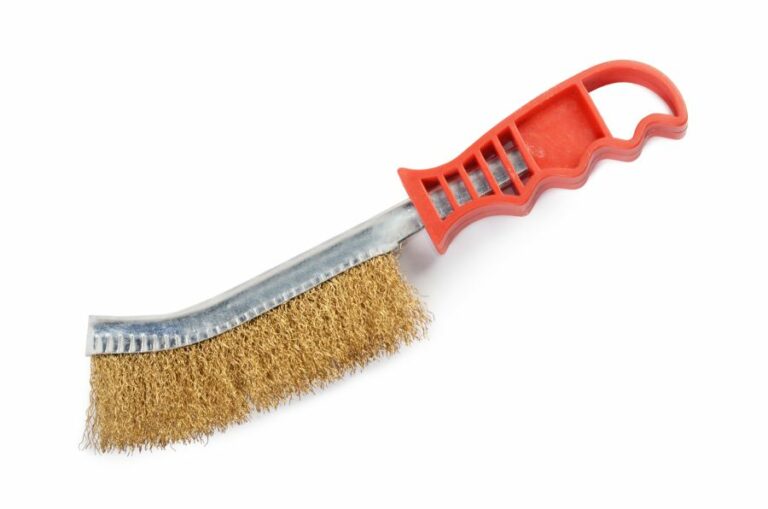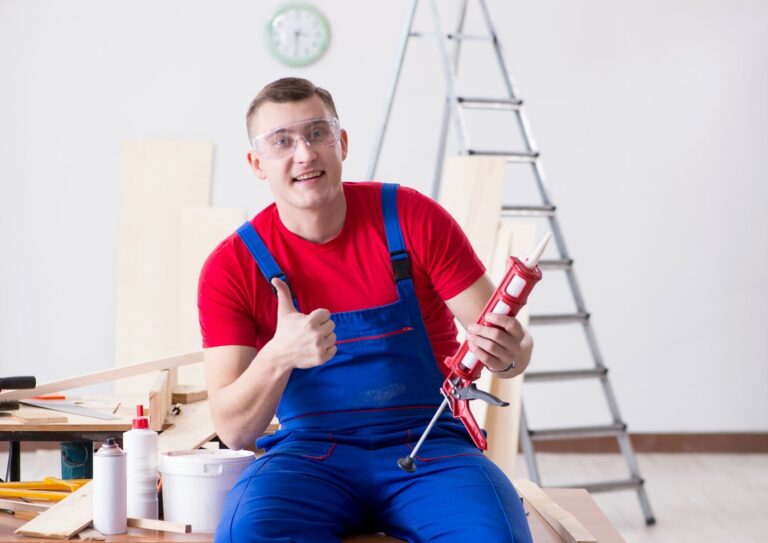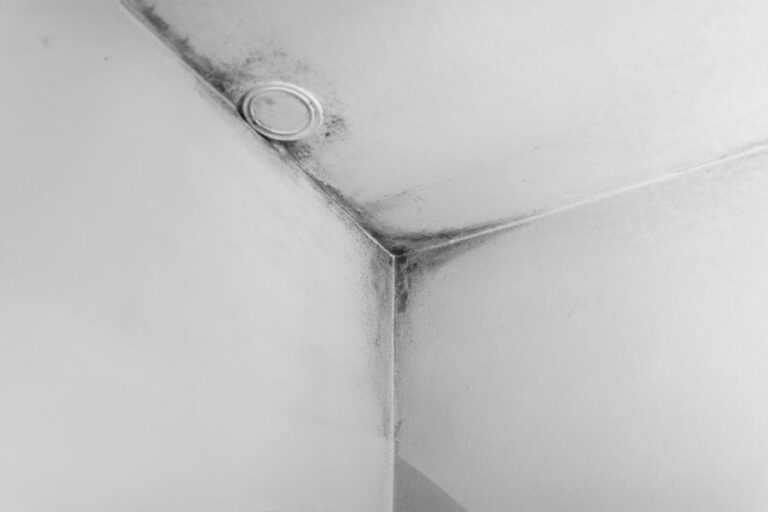Repairing Surfaces For Historic Building Facades. What Pros Say
Repairing surfaces for historic building facades can be challenging, but with the right expertise, restoring them to their former glory is possible. We have spent years researching and perfecting the techniques required to repair and restore various types of historic surfaces successfully.
Repairing surfaces for historic building facades:
Repairing surfaces for historic building facades involves understanding the materials, proper documentation and inspection, surface preparation, and using appropriate repair techniques specific to masonry, wood, and metal elements. This process ensures the preservation of architectural integrity and historical significance for future generations.

Discover invaluable insights into repairing surfaces for historic building facades. Our comprehensive guide will help you navigate this delicate process, ensuring the longevity and integrity of these architectural treasures. Don’t miss these essential tips and best practices – read on!
Contents
Restoring Facades: Surface Repairs for Historic Buildings
• Importance of Proper Repair Techniques
Historic building facades are the face of our past, representing the architectural and cultural heritage of our society.
Therefore, it is essential to ensure proper repair and restoration methods are applied while preserving their integrity and authenticity.
Applying incorrect or inappropriate repair techniques can cause irreversible damage, deteriorate the facade’s appearance, and potentially threaten the building’s structural stability.
• Understanding the Building Materials
– Masonry
When approaching a repair project for a historic building facade, it is crucial first to understand the building materials, such as stone, brick, and mortar. Each material type comes with specific considerations, such as porosity, hardness, and durability.
– Wood
Historic buildings often feature wooden elements such as doors, window frames, and decorative ornamentation. To maintain these elements, it is essential to identify the type of wood and address issues like rot, insect infestation, and moisture.
– Metals
Metal elements such as cast iron, wrought iron, and bronze are also common in historic building facades. These metals require proper surface preparation, cleaning techniques, and corrosion protection measures, as outlined by the National Park Service in their Preservation Brief on preserving cast iron.
• Documentation and Inspection
Before starting any repair or restoration work, documenting the existing conditions and identifying the underlying defects is vital to ensure proper planning and appropriate treatment. This process may involve visual surveys, probes, and non-destructive testing techniques.
• Cleaning and Surface Preparation
To ensure a successful repair, it is essential to clean and prepare the surface. This process may involve removing any loose or deteriorated material, such as cracked or de-laminated stone, damaged brick, or flaking paint.
Remember that cleaning does not make the facade look new but rather removes harmful contaminants while preserving the historical surface.
– Techniques and Precautions
Various cleaning techniques can be used, including water washing, chemical cleaning, and abrasive cleaning. Choosing the appropriate method depends on the specific materials and the facade’s current condition. In many cases, a combination of methods might be necessary.
It is essential to remember that applied cleaning techniques have the potential to damage historic surfaces if not carefully chosen and executed. The National Park Service offers a helpful guide for selecting the proper cleaning methods.
• Repair and Patching Methods
– Mortar Repointing
For masonry buildings, mortar repointing is a critical repair method that involves removing damaged or deteriorated mortar and replacing it with new mortar. As mentioned earlier, selecting the appropriate mortar mix is essential for achieving longevity and preventing further damage.
Historic England offers an informative guide on lime mortar pointing that details the importance of lime mortar and the correct methodology.
– Stone and Brick Repair
Stone and brick repairs may include repointing, patching, or replacing damaged or missing units. It is essential to maintain historical accuracy and use materials with similar properties to the original.
The Stone Foundation offers resources on traditional masonry repair techniques, providing guidance on preserving the integrity of the building facade.
– Wood Repair
Wood repair techniques include epoxy consolidation, Dutchman repairs, and replacing deteriorated sections with the same type of wood. Wooden elements can be restored either through in-situ repairs or by dismantling and repairing the components off-site.
– Metal Repair
For metal elements, corrosion removal, re-securing loose features, and proper repainting are vital steps for a successful restoration. When dealing with protective coatings, selecting the appropriate type of paint and ensuring proper surface preparation are crucial factors that affect the longevity of the repair.
• Final Thoughts
Repairing surfaces for historic building facades requires specialized knowledge, techniques, and materials, ensuring that each repair maintains the building’s architectural integrity and historical significance.
By understanding the building materials, conducting thorough documentation and inspection, selecting the appropriate cleaning methods, and employing proper repair and patching techniques, the building facade can be successfully preserved for future generations to enjoy.
| Surface TypeCommon Repair TechniquesConsiderations | ||
|---|---|---|
| Stone | Stone consolidation, Dutchman repair, patch repairs, repointing, poulticing | Match the material and texture of the original stone, use proper repair techniques to prevent further damage |
| Brick | Repointing, brick replacement or spalling repair, tuckpointing, cleaning | Choose mortar appropriate for the age and condition of the brick, avoid using modern materials that could cause damage |
| Stucco | Patching and infill, color matching, stucco replacement, surface cleaning | Ensure proper bonding between old and new stucco, use breathable paints and sealants |
| Wood | Epoxy repair, Dutchman repair, wood consolidation, filling, splicing | Preserve as much original wood as possible, match wood species and grain pattern, use appropriate sealants and finishes |
| Cast Iron | Replacement of damaged components, replication, welding, rust removal, priming and painting | Consider the structural integrity and weight bearing capacity, use modern corrosion-resistant metals for replacements |

